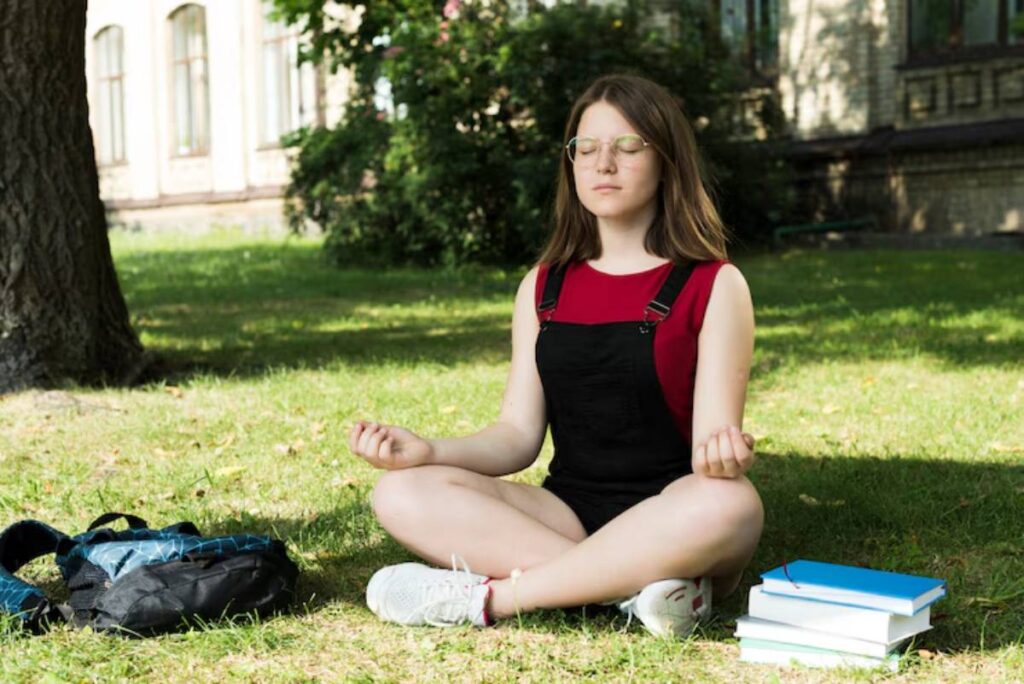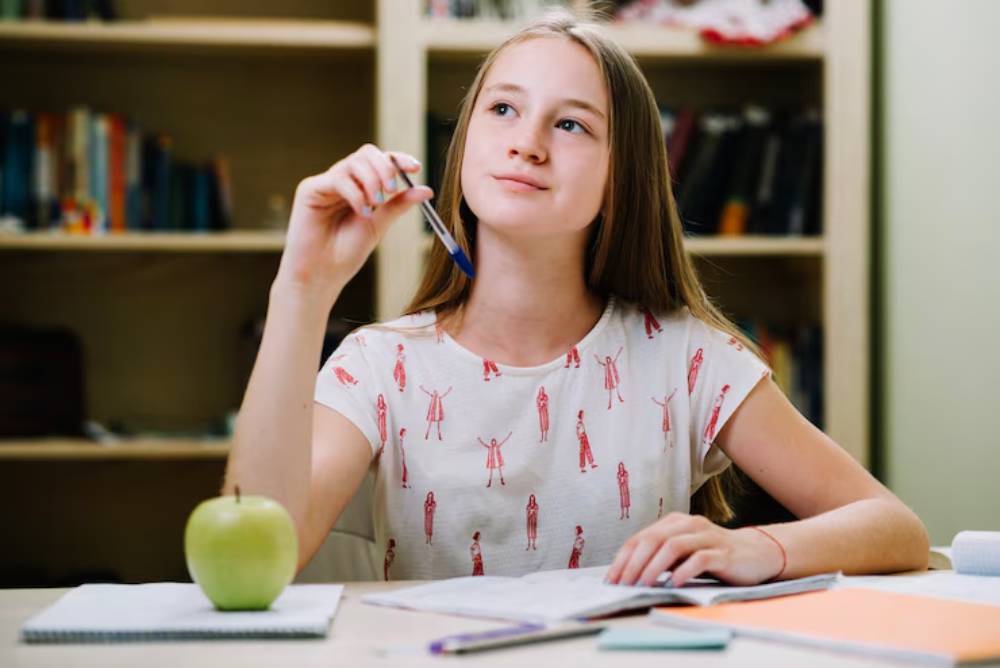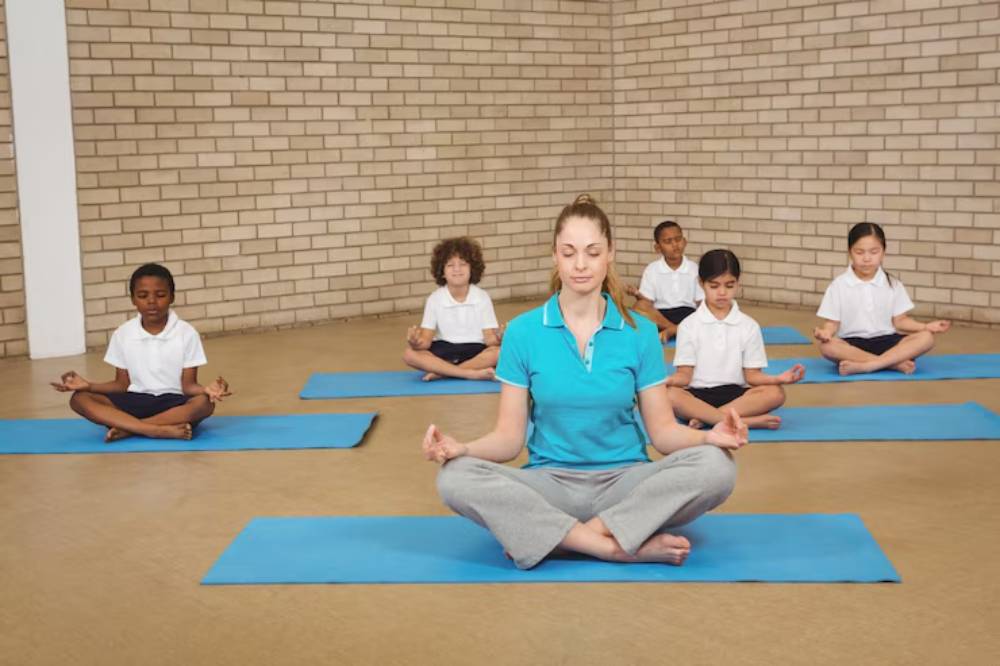The Health & Wellness Blog

Introducing Mindfulness to Students: Benefits and Techniques
In our fast-paced world, mindfulness is on the rise, particularly in our schools. Educators and parents wish to create spaces that allow students to be well. So the use of mindfulness in education is more crucial now than ever. Mindfulness keeps us present to what we think, feel, sense in our bodies, and see around us. This can be a powerful practice in the classroom. But how do you teach mindfulness, anyway, and what good can it do for students?
This blog will discuss the importance of mindfulness for students. We’ll look at its many benefits and give teachers practical tips for using it in their classrooms. Mindfulness can help educators support student wellness. It maintains a healthy and balanced environment for learners.
Key Benefits of Mindfulness in Education
Mindfulness in education isn’t just a trend. It’s a powerful method that can greatly affect students’ learning and personal growth. Here are some of the key benefits:
Improved Focus and Concentration

Mindfulness mainly helps lower stress and anxiety. Distractions abound these days. As a result, students sometimes struggle to concentrate on studying. Mindfulness practices make students more aware and in control of their attention. This can result in improved academic performance. Mindfulness practice helps students concentrate better and avoid distractions.
Enhanced Emotional Regulation
Emotional regulation is crucial for student wellness. Mindfulness plays a pivotal role in this area. Teaching mindfulness helps students learn to recognise and manage their emotions. This reduces stress and anxiety. It also creates a more positive and supportive classroom. Students who practice mindfulness can better face emotional challenges in school. This helps improve their mental health and well-being.
Increased Resilience and Stress Reduction
Mindfulness builds resilience. It helps students face challenges with calmness and an open mind. Practising mindfulness helps students handle stress better. They become calmer and more adaptable. This resilience is very important in today’s schools. Academic stress and social issues can feel overwhelming. Mindfulness helps students manage stress better. This builds a strong foundation for their overall wellness.
Improved Interpersonal Skills
Mindfulness lessons can also help develop students’ social skills. Mindfulness promotes empathy, active listening, and clear communication. These are essential for building solid relationships. In the classroom, they encourage stronger collaboration and a more positive learning environment. Thoughtful interactions between students earn each other’s respect and understanding. This is even great for enhancing a feeling of community and belonging.
Additional Expert Tips & Common Mistakes to Avoid

Mindfulness in education has clear benefits. But implementing it well needs careful thought. Here are some expert tips and common pitfalls to avoid:
Start Small and Be Consistent
Mindfulness is best introduced to students little by little. Begin with simple, short workouts. Time and complexity increase gradually as students build confidence. Mindfulness is a practice, and like all practices, it won’t be something to master on the first day. To reap the full benefits, consistency is key. Give students tools to practice mindfulness at home, school, and every day.
Foster a Supportive Environment
Building a supportive environment is essential to practising mindfulness successfully. Build a safe and welcoming classroom. This allows students to experiment with mindfulness in a low-pressure context. Promote discussions on mindfulness and its advantages. Also, provide students time to share their reflections and observations. This encourages a feeling of community. It urges students to draw deeper into the practice.
Avoid Overemphasis on Results
Recognising the benefits of mindfulness can feel good. However, don’t expect immediate results. Mindfulness is a practice, and its results are not always visible right away. Encourage students to focus on the process, not just the outcome. Also, remind them that everyone progresses at their own pace. Building a sustainable mindfulness practice requires patience and persistence.
Tailor Techniques to Student Needs
Mindfulness is not a one-size-fits-all approach. Students respond in different ways to techniques. So, it’s key to adjust practices to fit individual needs. Try various mindfulness exercises. Help students discover what suits them best. This personalised approach ensures that mindfulness remains engaging and relevant for all students.
Advanced Insights / Expert Recommendations
Are educators looking to improve their understanding of mindfulness in education? These expert tips and insights can help:
Incorporate Mindfulness into the Curriculum

To better include mindfulness in education, find ways to add it to the curriculum. You can also sign up to take mindfulness classes. You can include mindfulness practices in existing subjects as well. There are ways to fit mindfulness into subjects like physical education, art, or math. This provides students with multiple opportunities to practice it.
Leverage Technology for Mindfulness
Technology can be a valuable tool for teaching mindfulness. Many apps and online tools provide guided mindfulness exercises and meditation practices. These resources can support in-class mindfulness activities. They also help students outside of school hours. Encourage students to explore these tools and incorporate them into their daily routines.
Collaborate with Parents and the School Community
Parents and the school community play a key role in making mindfulness effective in education. Run workshops and info sessions on mindfulness for parents. Teach them how to cultivate their kids’ practice at home. Engaging with the school community fosters mindfulness and creates a positive atmosphere. This solidifies its value and advantages.
Conclusion: Introducing Mindfulness in Education
Mindfulness has many benefits in education. It supports students’ ability to focus, regulate their emotions, and develop resilience. Students also develop better interpersonal skills. Mindfulness can certainly help educators create a better learning environment in their classrooms. They can adopt effective strategies to promote student well-being and balance.
Mindfulness is a powerful tool for improving students’ well-being and performance in school. It enables us to meet the demands of contemporary education. Mindfulness makes it possible for educators to teach students. This support enables them to succeed in school and beyond. Consequently, we develop a generation of thoughtful, tough, and caring people.
To sum up, inviting students to be curious and mindful isn’t necessarily a one-stop shop. With small actions, teachers can have a profound effect on student wellness. With this practice, education becomes mindful and harmonious. So, why not start today? Invite your students to take a deep breath. They should take a moment to appreciate the here and now and begin their journey with mindfulness.









